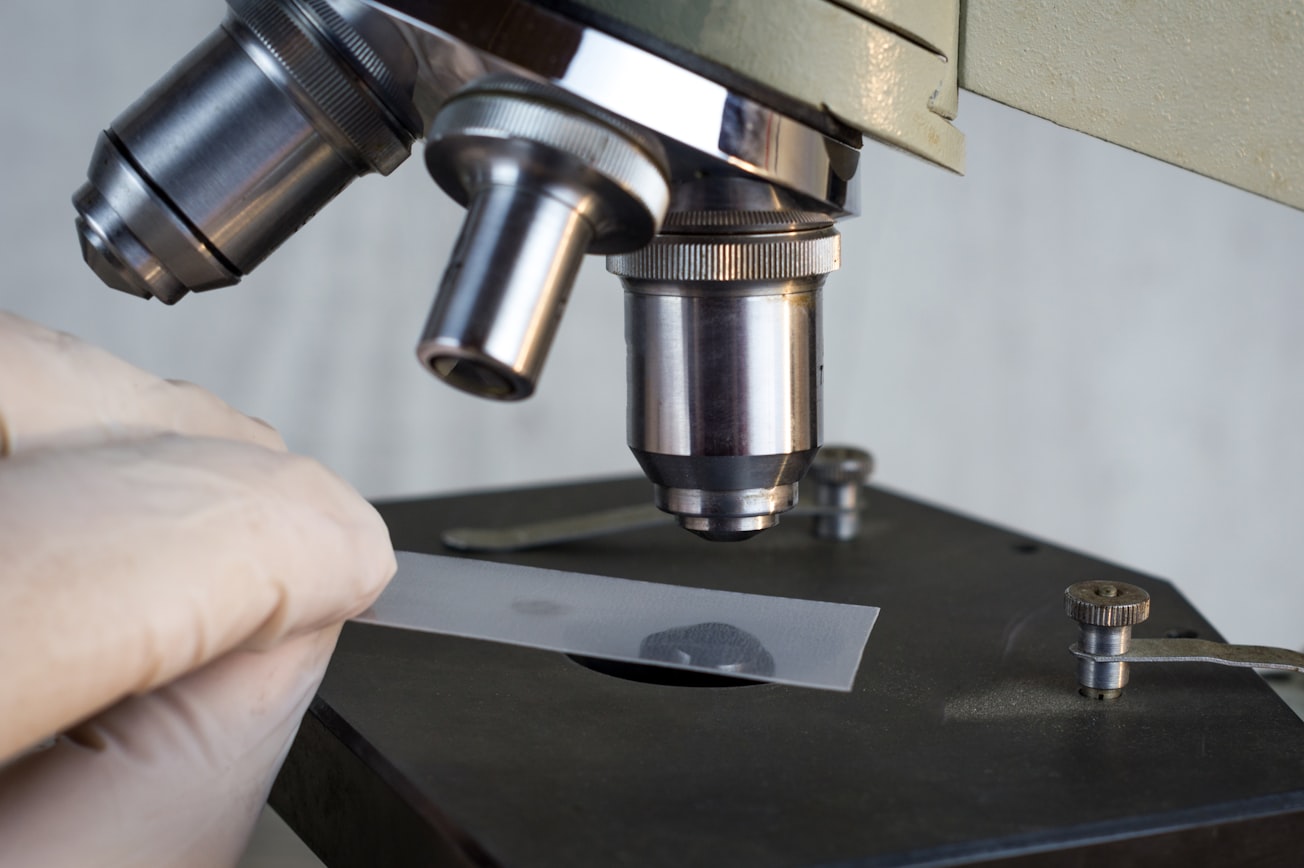What is it about?
The oocytes of oviparous animals are highly specialized cells committed to the storage of nutrients (yolk) required for the maternally detached embryo development. In this work, we found that the gene components of two PI3K complexes, VPS38 and ATG14, are co-transcriptionally regulated and that they are essential for the correct accumulation of yolk in the oocytes. Without those genes, the insects are not able to produce yolk-full eggs rendering the next generation of embryos unviable.
Featured Image

Photo by Bermix Studio on Unsplash
Why is it important?
This is important because understanding the genetic basis of oocyte formation provides information that can be used to develop and test new biotechnology solutions to achieve vector population control in endemic areas.
Perspectives
The high prevalence of neglected vector-borne diseases, such as Chagas Disease and Dengue Fever, imposes enormous health and financial burdens in developing countries. Historically, and still, to this day, the main effective methods to manage those diseases rely on vector populational control. Studies regarding the complex physiology of local vector species were weakened by the expanding use of insecticide-based tools, which were, at the time, proven simpler and more effective. Currently, however, the rising threat of insecticide resistance and climate change (which can expand endemic areas) have reemphasized the need to rely on thorough species-specific vector biology. Thus, studies like this are of vital importance to allow the generation of novel strategies for vector population control and disease management.
Isabela Ramos
Universidade Federal do Rio de Janeiro
Read the Original
This page is a summary of: VPS38/UVRAG and ATG14, the variant regulatory subunits of the ATG6/Beclin1-PI3K complexes, are crucial for the biogenesis of the yolk organelles and are transcriptionally regulated in the oocytes of the vector Rhodnius prolixus, PLoS Neglected Tropical Diseases, September 2021, PLOS,
DOI: 10.1371/journal.pntd.0009760.
You can read the full text:
Resources
Contributors
The following have contributed to this page










